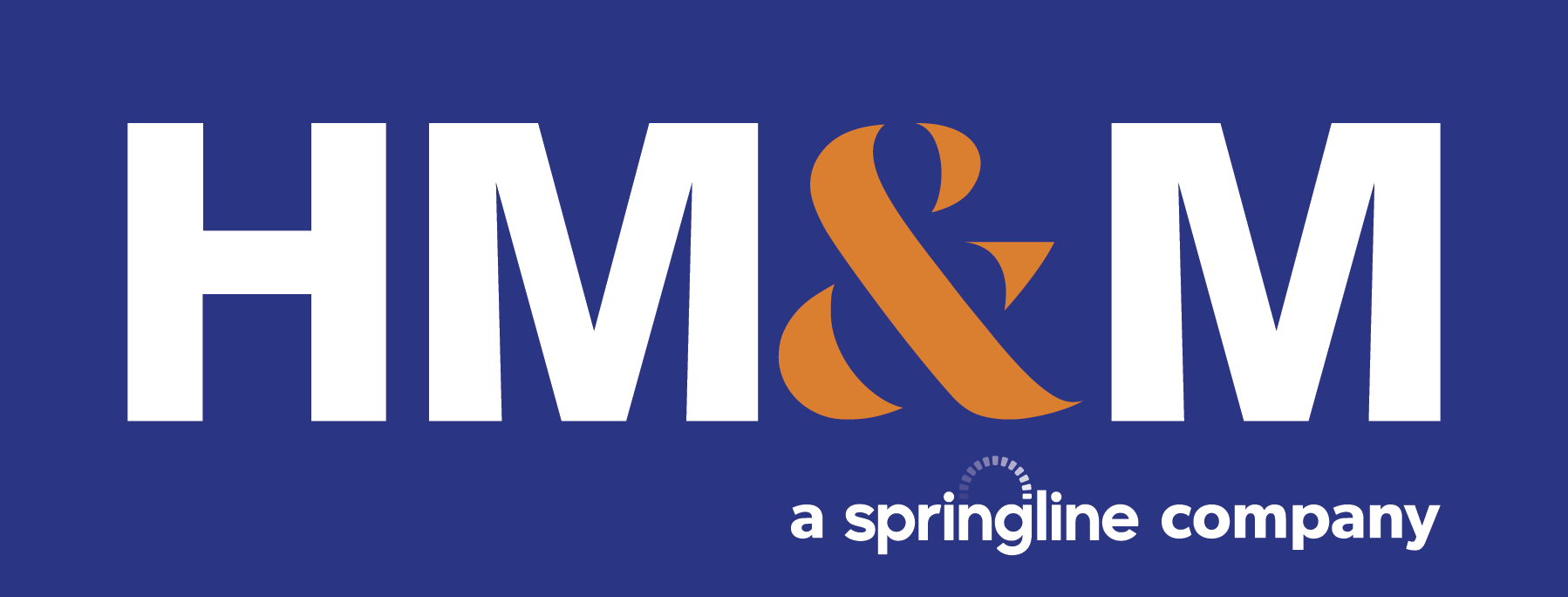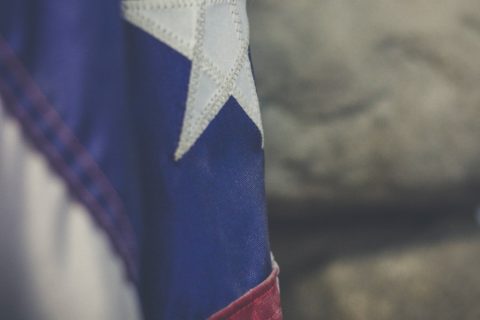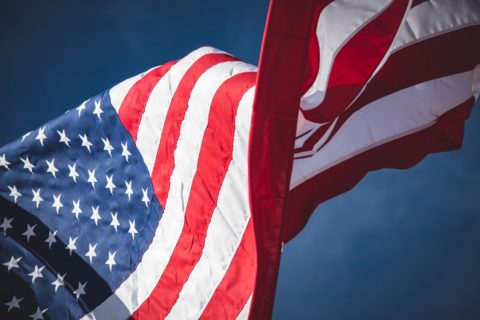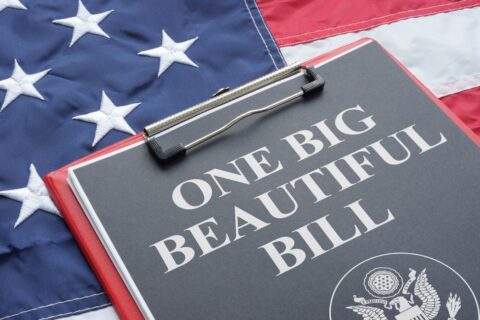Friday (May 15, 2020) evening, the Small Business Administration (“SBA”) and the Department of Treasury released the Paycheck Protection Program (“PPP”) Loan Forgiveness Application (the “Application”).
The PPP was enacted on March 27, 2020, as part of the Coronavirus Aid, Relief and Security Act (“CARES Act”). The PPP was created to provide forgivable loans to eligible small businesses to keep American workers on the payroll during the COVID-19 pandemic.
The Application package consists of two pages to submit to the lender and nine pages of supporting schedules and instructions. Follow this link to the Application package released on May 15.
The Application and its instructions generally reflect borrower-friendly interpretations of the PPP Loan Forgiveness provisions in the CARES Act. These favorable interpretations include:
- Options for borrowers to calculate payroll costs using an “alternative payroll covered period” that aligns with borrowers’ regular payroll cycles.
- Flexibility to include eligible payroll and non-payroll expenses paid or incurred during the eight-week period after receiving their PPP loan.
- Borrower-friendly implementation of statutory exemptions from loan forgiveness reduction based on rehiring by June 30.
- Exemption from the loan forgiveness reduction for borrowers who have made a good-faith written offer to rehire workers that was declined.
While the Application answers many questions, still many concerns remain. The SBA press release publishing the Application says that “SBA will also soon issue regulations and guidance to further assist borrowers as they complete their applications, and to provide lenders with guidance on their responsibilities.”
At least two matters of concern were not addressed satisfactorily for many commenters.
The first matter is the requirement that 75% of loan proceeds has to be applied to “total payroll costs.” This limitation is not required by statute. It has been added by SBA and Treasury in an attempt to compel businesses to prioritize using the money for payroll subsidy. In many cases, small businesses may not be able to meet that threshold within the eight-weeks following receipt of the loan (the period for measuring loan forgiveness expenditures).
Also, some commenters expressed concerns that the 75% threshold might be considered a “cliff” provision: if a small business did not meet the 75% amount, it would either be deemed ineligible for the loan or would not be eligible for any forgiveness. The Application makes clear that failure to meet the 75% threshold requires a proportional reduction in the forgiveness amount, not a complete disallowance.
The second matter involves the eight-week measurement period for loan forgiveness. Because many small businesses have been forced to close completely or in part during the subject eight-week period, they may not be able to spend the PPP loans on qualified costs during that period. They are asking for a longer period to spend the proceeds of the PPP loans. This change would require legislative action.
Bottom line. While the outlook for PPP loan forgiveness is not as cloudy as it was Friday morning, it is far from clear. SBA and Treasury will issue further guidance and will likely consider comments. Congress may pass laws that affect the forgiveness provisions. Different lenders may have their own unique forgiveness requirements for PPP loan borrowers.
In any case, the process of calculating the PPP loan forgiveness amount after applying various limitations and interpretations will be complicated. We hope to have soon draft calculating tools that we can deploy to help our clients compute and document the forgiveness amounts.
If you have questions, please contact your HM&M advisor.
For more information check out HM&M’s COVID-19 Resources page.
HM&M COVID-19 ResourcesLatest Blog
Signed into law on July 4, 2025, the One Big Beautiful Bill is the most substantial federal tax ...
Businesses can make many last-minute moves at the end of the year to lower their tax bills, but ...
To manage their finances and accurately file their taxes, most small business owners must choose between two accounting ...
HM&M Updates
DALLAS, Dec. 11, 2024 – Springline Advisory, a trailblazing financial and business advisory firm, is proud to announce its partnership ...
Last month, Senior Manager, Pearl Balsara was invited to speak at the 2023 FPA DFW Annual Conference in ...
We are pleased to announce the winners of the 2022 HM&M Excellence Awards. Ronna Beemer, Keith Phillips, and ...










